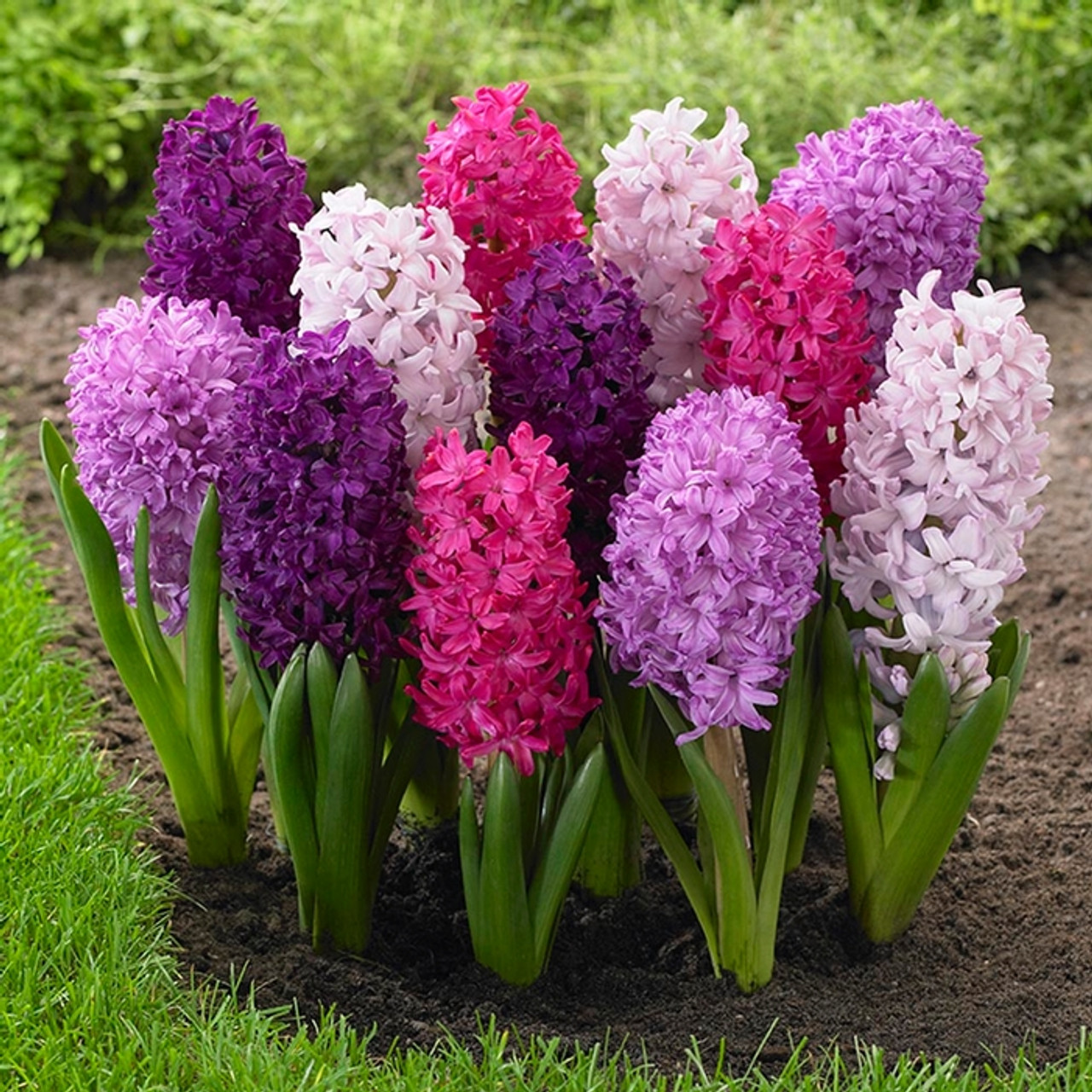Hyacinthus Orientalis Plant: A Fragrant and Colorful Addition to Your Garden
Hyacinthus Orientalis, commonly known as the garden hyacinth, is a popular spring-flowering bulb that belongs to the Asparagaceae family. This beautiful plant is native to the eastern Mediterranean region and is widely cultivated for its fragrant and colorful flowers. In this article, we will explore the characteristics, cultivation, and care of the Hyacinthus Orientalis plant.
Characteristics of the Hyacinthus Orientalis Plant
The Hyacinthus Orientalis plant is a perennial bulbous plant that produces dense spikes of fragrant, tubular flowers in a variety of colors, including pink, blue, purple, white, and yellow. The flowers are arranged in a tight cluster at the top of a thick, fleshy stem that can grow up to 10-12 inches in height. The leaves are long, narrow, and strap-like, emerging from the base of the plant.
One of the most distinctive features of the Hyacinthus Orientalis plant is its strong, sweet fragrance, which is especially pronounced in the evening. The flowers attract pollinators such as bees and butterflies, making them a valuable addition to any garden. The plant blooms in early to mid-spring, adding a splash of color to the landscape after the long winter months.
Cultivation of the Hyacinthus Orientalis Plant
The Hyacinthus Orientalis plant is easy to grow and thrives in well-drained, fertile soil with full sun to partial shade. Plant the bulbs in the fall, at a depth of about 4-6 inches and space them 4-6 inches apart. Water the bulbs well after planting and continue to water regularly during the growing season, especially during dry spells.

The Hyacinthus Orientalis plant is cold hardy and can withstand temperatures down to -10°F (-23°C). In regions with mild winters, the bulbs can be left in the ground year-round. In colder climates, the bulbs can be dug up and stored in a cool, dry place until the following fall.
Care of the Hyacinthus Orientalis Plant
Once the Hyacinthus Orientalis plant has finished blooming, allow the foliage to die back naturally. This allows the plant to absorb nutrients and energy for next year’s growth. You can remove the dead foliage once it has turned yellow and withered.
Fertilize the Hyacinthus Orientalis plant in the spring with a balanced fertilizer to encourage healthy growth and flowering. Mulch around the plants to help retain moisture and suppress weeds. Keep an eye out for pests such as aphids, snails, and slugs, which can damage the foliage and flowers.
Uses of the Hyacinthus Orientalis Plant
The Hyacinthus Orientalis plant is primarily grown for its ornamental value, with its vibrant flowers adding beauty and fragrance to gardens, borders, and containers. The flowers can also be cut and used in floral arrangements, bringing a touch of spring indoors.

In addition to its aesthetic value, the Hyacinthus Orientalis plant has been used in traditional medicine for its supposed healing properties. The bulbs contain alkaloids and glycosides that have been used to treat respiratory ailments, coughs, and colds. However, it is important to note that the plant can be toxic if ingested in large quantities, so caution should be exercised when using it for medicinal purposes.
In conclusion
The Hyacinthus Orientalis plant is a delightful addition to any garden, with its fragrant flowers and bright colors heralding the arrival of spring. Easy to grow and care for, this plant is sure to bring joy and beauty to your outdoor space. Whether planted in borders, containers, or as part of a floral display, the Hyacinthus Orientalis plant is a versatile and charming addition to any landscape. Consider adding this lovely plant to your garden and enjoy the beauty and fragrance it brings.